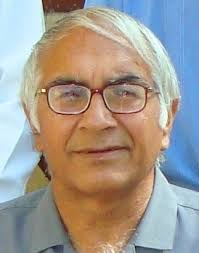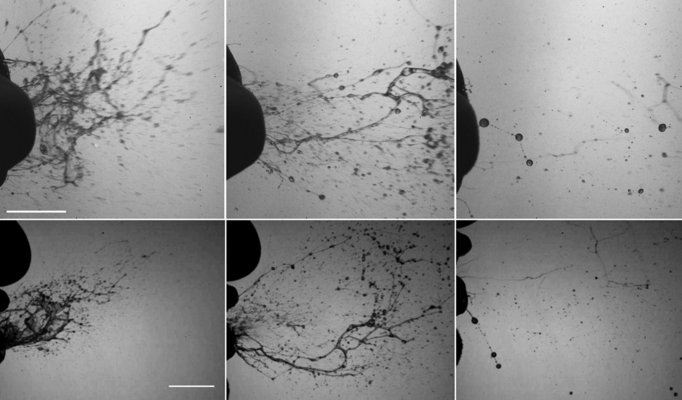
- Dr Satish K Kapoor
Etymologically, yoga means yoke or union. Academically, it is one of the six orthodox systems of Indian philosophy founded by the sage Patañjali. Spiritually, it is twinning of the finite self and the infinite self, an interface between the human mind and the cosmic mind, a convergence of human consciousness and the cosmic consciousness. In mystic terms, Yoga is merging of prana vayu,the vital air which moves upwards, and apana vayu, the vital air which moves downwards.
Yoga is a religious, philosophic, esoteric and scientific pathway to health, happiness and bliss as it harmonizes mind, body and spirit.Patanjali’s yoga is called Ashtanga yoga as it has eight limbs, namely,yama(moral restraints), niyama (principles),asana (bodily postures),pranayamma (breath control), pratyahara(withdrawal of senses from objects),dharana ( attention),dhyana(right concentration) and samadhi (absorption).
Preliminary yoga (kriya yoga) is mortification, study and resignation to ishwara-god, as per the Yoga Sutra (II.1).Yoga can be bahiranga, that which involves external practices, like asana and pranayama, and antaranga, that which involves inner practices,like dharana, dhyana and samadhi.
The yoga of making the body a fit instrument for inner transformation or for attaining siddhis, superhuman powers, is Haṭha yoga; of gaining insight or direct self-perception (aparokṣanubhuti) through understanding and conscious reasoning is Jñāna yoga; of divine love, devotion or of total surrender to god is Bhakti Yoga; of righteous action free of egocentricity is karma yoga; ofcontrolling the fluctuations of the mind and stabilizing it in god consciousness, is Rāja yoga.
All types of yoga aim at realization of the Supreme.While the mind is made to follow breath through pranayama in Haṭha yoga, breath naturally follows the mind in Rāja yoga.One is oblivious of both the mind and breath in Bhakti yoga, but is awareabout the mind and its relation to breath in Jnana yoga. The mind and breath conjoin in Karma yoga.
Mantra joins the rhythm of breath with the rhythm of words. Repetition or chanting of a sacred syllable or verbal expressions revealed to sages, seers or ardent devotees of gods, bhaktas, is Mantra yoga. Mantra is the sound body of the Supreme Principle just as Yantra is His diagrammatical representation.
Concentration on the self within or on an external object leading to absorption intothe transcendental principleis Laya yoga.When one is absorbed in the unstruck sound(anahatanada) one gradually reaches the substratum of sound.
The technique to rouse latent powers within, by way of physical exercises, breath control, repetition of mantras, meditation, esoteric practices, or through the grace of guru, is Kundalini Yoga. Another popular form, called Surat shabda yoga, is the practice of joining soul consciousness(surat) with the word(shabda) which epitomizes divine consciousness. Shiva yoga practiced by the Lingayats(Virashaiva) stirs up ‘the higher astral sense’. The seeker places Ishtalinga, mark of personal god, that is worn round the neck, on the palm of left hand and fixes attention upon the light reflected in it.
Yoga is a purifier, cleanser and energizer. Hatha yoga detoxifies the body and the mind. Karma yoga purifies actions. Raja yoga stabilizes the mind and elevates consciousness. Bhakti yoga channelizes emotions. Jnana yoga empowers viveka, sense of discrimination between right and wrong . All these and other yogas, in their own way, reduce stress, promote creativity and bring joy. The practice of Yoga curbs the animal instincts of a sadhaka –one who is on the yogic path – and kindles in him the higher values of life.
The yogī undergoes three stages: that of a mumukṣu when he is inquisitive about the yogic discipline; that of a yoga-yukta when he gains theoretical perspective of the yogic path and initiates the journey and finally that of a vinishpanna when he attains bliss by becoming one with the One. Thereby, he attains to the state of turiya – the fourth dimension of consciousness when the human soul after transcending the states of wakefulness (jagrata),dream, (svapna) and deep sleep (sushupti), feels one with the supreme spirit.
Yoga brings infinity closer to a seeker, making him understand the fundamental unity in the cosmos between matter, mind and consciousness.

Educationist, historian and spiritualist of eminence, the author is a former British Council Scholar. His latest book Hinduism: The Faith Eternal has been published by Advaita Ashrama, Kolkata.


 South Asian News E-Paper
South Asian News E-Paper Punjabi News E-Paper
Punjabi News E-Paper

















